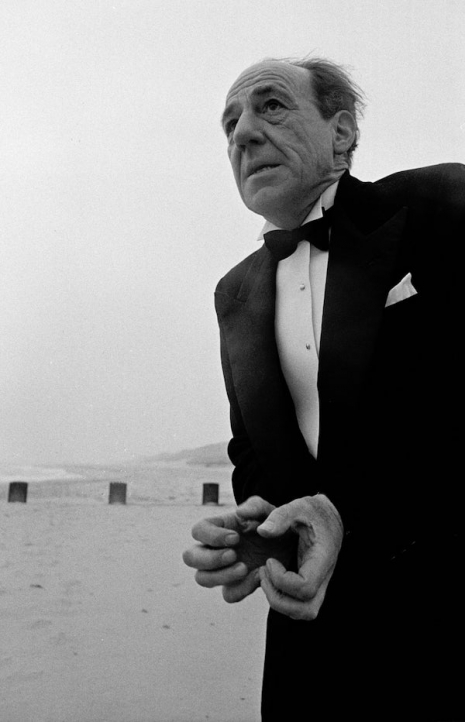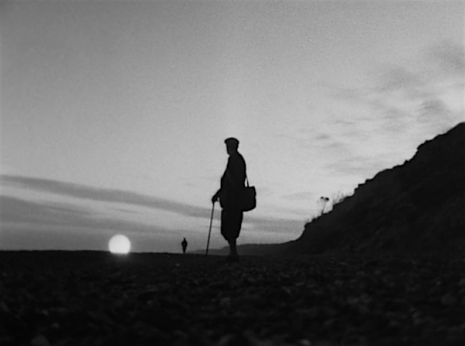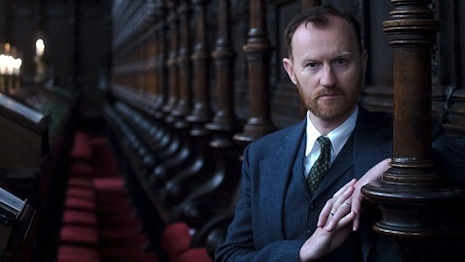
The sole object of a ghost story, wrote M. R. James, is to inspire “a pleasing terror in the reader”. James was an academic and writer who reinvented the ghost story for a new era. He believed ghosts should be “malevolent or odious” rather than those “amiable and helpful apparitions” that appeared in stories by authors like Charles Dickens in say A Christmas Carol. In an essay on ghost stories, he claimed the most successful tales “make us envisage a definite time and place, and give us plenty of clear-cut and matter-of-fact detail” but:
...when the climax is reached, allow us to be just a little in the dark as to the working of their machinery. We do not want to see the bones of their theory about the supernatural.
Montague Rhodes James was a scholar of medieval history, who served as Provost of King’s College, Cambridge University. Each Christmas Eve, he would invite a small group of friends and colleagues and students to share some sherry around a fire while he read his latest ghost story. He wrote one story a year and most of his tales of the eerie and the supernatural were set in the world of antiquities and academia, where an individual might accidentally stumble across some ancient secret or forgotten artefact that unleashes unnameable horror.

Among the best known of James’ short stories is “Oh, Whistle, and I’ll Come to You, My Lad” (1904) in which a rational, you might say somewhat skeptical, and bookish academic called Parkins discovers an ancient whistle among the dunes of a deserted beach while on holiday. The whistle has strange occult markings on one side and an inscription on the other that reads “Quis est iste, qui venit?” which Parkins translates as “Who is this, who is coming?” By removing the whistle from its burial place, Parkins soon finds out what rather than who it is that comes after him.

In 1968, the multi-talented Jonathan Miller brought the tale to television. Miller edged more towards a psychological (if not quite Freudian) drama in his adaptation of James’ tale which made the film’s supernatural elements all the more disturbing. Parkins or rather Parkin as he is called in Miller’s film, was played by Michael Hordern as a slightly stuffy, retiring man, who mutters and mumbles his way through the story—much of his performance was improvised—as if he is subconsciously aware his actions in finding the whistle symbolizes his own repressed desires and fears. Or as horror writer Kim Newman put it:
...a case of severe sexual frustration leading to absolute dementia
It’s a classic tale beautifully told and one of television’s most chilling and effective ghost stories.
Previously on Dangerous Minds:
Haunted: Mark Gatiss goes in search of the ghost writer M.R. James
Ghosts in the machine: Occult fun with trick photography
‘Ghosts’ photobomb portraits of their loved ones
The Victorian woman who drew pictures of ghosts
Spectropia, the popular 19th-century method of conjuring demons and ghosts







